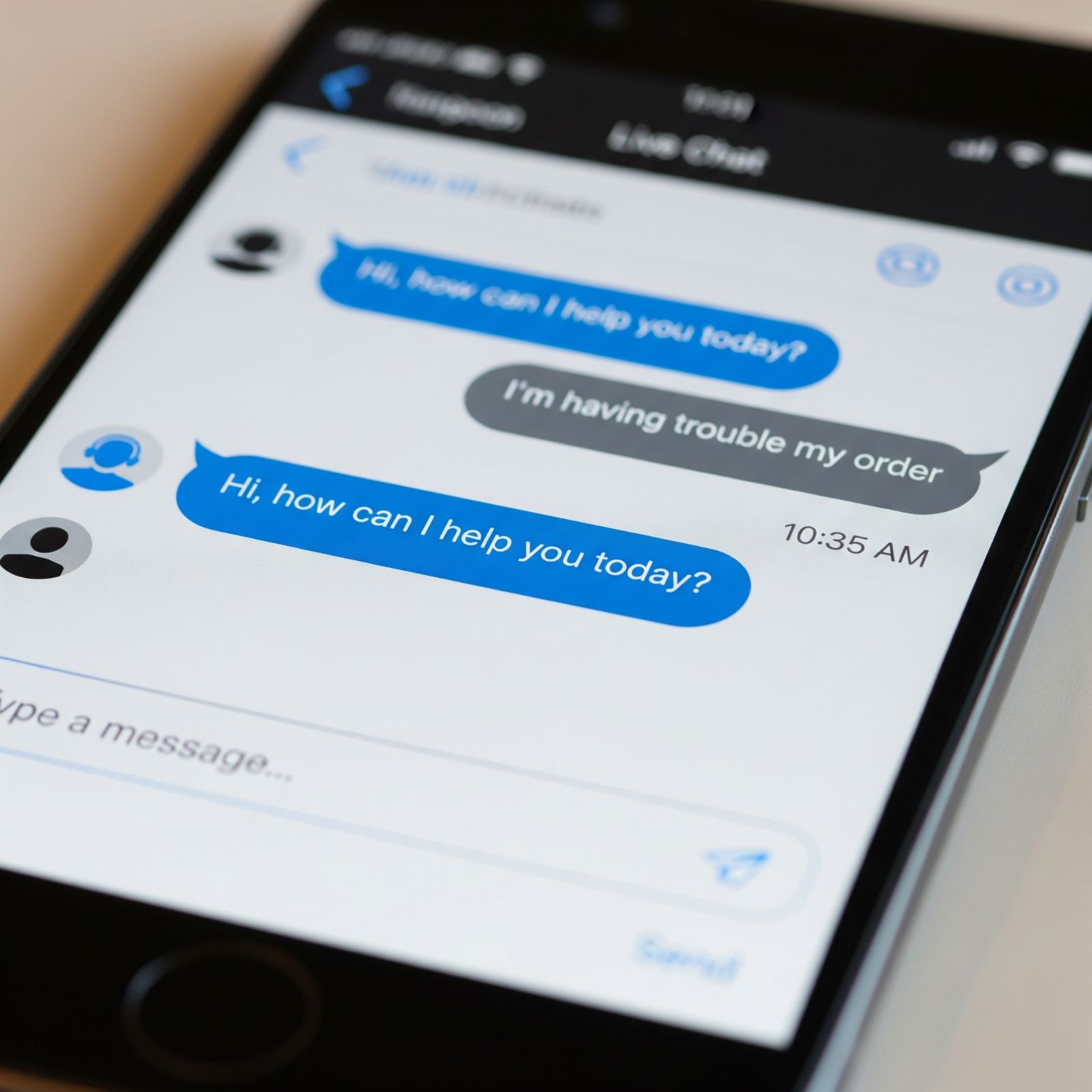If you’ve ever wondered whether a chatbot can really hold a conversation with your customers over text, the answer is simple: yes, and it’s better than you think. The smartest companies are already using chatbots to handle everything from appointment scheduling to resolving support tickets, and they’re doing it with zero friction right inside a customer’s messaging app.
But this isn’t about robotic one-liners or clunky interactions. Today’s chatbots are built to sound human, adapt to different situations, and offer instant replies that feel thoughtful and helpful. And when done right, customers won’t even realize they’re talking to a bot.
Here’s a closer look at how chatbots are powering text conversations, what makes them effective, and what to consider when using one for your business.
What Makes Today’s Chatbots So Capable?
Modern chatbot technology is built on a combination of AI, machine learning, and natural language processing (NLP). These components work together to understand customer intent, respond appropriately, and learn from each interaction over time.
There are two main types of chatbots: rule-based and AI-powered. Rule-based bots follow a decision tree. If a customer says X, the bot replies with Y. These are predictable but limited. They work fine for simple queries but quickly hit a wall when customers stray from the script.
AI-powered chatbots go much further. Using NLP and machine learning, they interpret meaning, not just keywords. That means they can respond to varied questions, adapt to different phrasing, and even hold a conversation that flows more naturally. With generative AI, responses are created on the fly instead of being pulled from a preset list, which makes conversations feel authentic and less repetitive.
Yes, They Really Can Text Your Customers
Most AI chatbots aren’t confined to websites or apps anymore. They can live right inside your SMS workflows and engage your customers in the most natural way possible: through text.
SMS integration is one of the most powerful ways to use a chatbot. With open rates of over 90%, texts get read. And because customers are already comfortable texting, chatbots feel like a natural fit. Whether it’s answering a question, confirming an appointment, or even processing an order, these bots are handling tasks right from a conversation thread.
Setting up a chatbot for SMS doesn’t require coding expertise either. Many platforms offer drag-and-drop builders to design flows, set triggers, and tailor responses, all without writing a single line of code.

What Chatbots Can Do For You
Businesses use chatbots across a wide range of departments. Here’s how they’re already being put to work.
-
Customer Support That Doesn’t Sleep
Chatbots can handle support inquiries around the clock. Whether a customer is asking about store hours at midnight or needs help troubleshooting a product on a Sunday morning, the bot can respond instantly. Even if the question requires escalation, the bot can gather information and route it to a human support agent with context, saving time on both ends.
-
Lead Generation That Moves Fast
Chatbots can qualify leads in real-time. They can ask key questions to identify needs, route prospects to the right team, or even help schedule a call or consultation. Because they work 24/7, they capture and nurture interest even when your team is offline.
-
Transactional Support Without the Wait
Customers want quick answers about orders, returns, and shipping. A chatbot can check the status of a package, update shipping preferences, or process a return, all without requiring a human agent. These repetitive tasks are perfect for automation.
-
Feedback That Drives Growth
After a purchase or interaction, a chatbot can follow up via text to ask how it went. It can collect ratings, comments, and even redirect satisfied customers to leave a public review. This creates a feedback loop that improves your service and boosts your online reputation.
Human-Like, But Still Human-Aware
One of the most common concerns with automation is the fear of sounding cold or robotic. That’s where sentiment analysis comes in.
Smart chatbots are trained to recognize tone and emotion. If a customer expresses frustration or confusion, the bot can respond with empathy and avoid pushing the conversation further into automation. In more complex situations, it can instantly hand off the chat to a live agent without the customer repeating themselves.
This hybrid approach gives businesses the best of both worlds: scale and availability from bots, with the reassurance that a human is just a message away if needed.
Design, Customize, Repeat
Modern chatbot platforms are designed for usability. Even teams with no technical experience can build chat flows using visual builders. These tools often come with templates for common use cases, like appointment scheduling or product recommendations.
Customization goes beyond just the script. Brands can personalize the chatbot’s tone, language style, and even name to match their brand voice. Whether your tone is playful and casual or professional and concise, the bot can reflect that consistently across every interaction.
Make Data Work for You
Chatbots aren’t just a communication tool. They’re a source of insight.
Every interaction becomes a data point that can be measured, analyzed, and improved upon. Good chatbot platforms provide analytics on open rates, click-throughs, response times, and satisfaction scores. This helps teams see what’s working, spot trends, and refine both chatbot responses and customer service strategy.
The result? Better conversations, improved experiences, and more conversions.
Built to Scale, Built for Speed
A chatbot doesn’t need a break. It doesn’t get tired or overwhelmed when a dozen people reach out at once. Whether you’re handling a handful of conversations or hundreds per hour, a well-built chatbot system delivers consistent performance.
As customer expectations shift toward instant, always-on communication, chatbots are often the only way to meet that demand without stretching internal teams too thin.
Why It Matters for Your Bottom Line
Reducing support costs is a major benefit of chatbot automation. By handling routine questions, bots reduce the number of tickets routed to human agents. This frees up your team to focus on high-value interactions, leading to more efficient workflows and lower operational expenses.
But it’s not just about cost. It’s about consistency. Chatbots deliver the same high-quality experience every time. They don’t forget to ask the right questions or skip important steps. That consistency builds trust with your customers—and it scales.
Customers expect immediacy. Businesses that respond within minutes are more likely to win the sale, resolve the issue, or retain the relationship. A chatbot can make that possible without increasing headcount.

Say More with Every Message
Yes, a chatbot can absolutely text your customers—and do it well. It can support your team and deliver faster service without compromising on quality.
More importantly, it gives your customers what they want: quick, helpful, and relevant responses on their terms.
Looking to simplify customer conversations while boosting your efficiency? Unify360 can help you get started with AI-powered chatbot solutions that integrate directly into your customer messaging tools. Get in touch to find out how.


